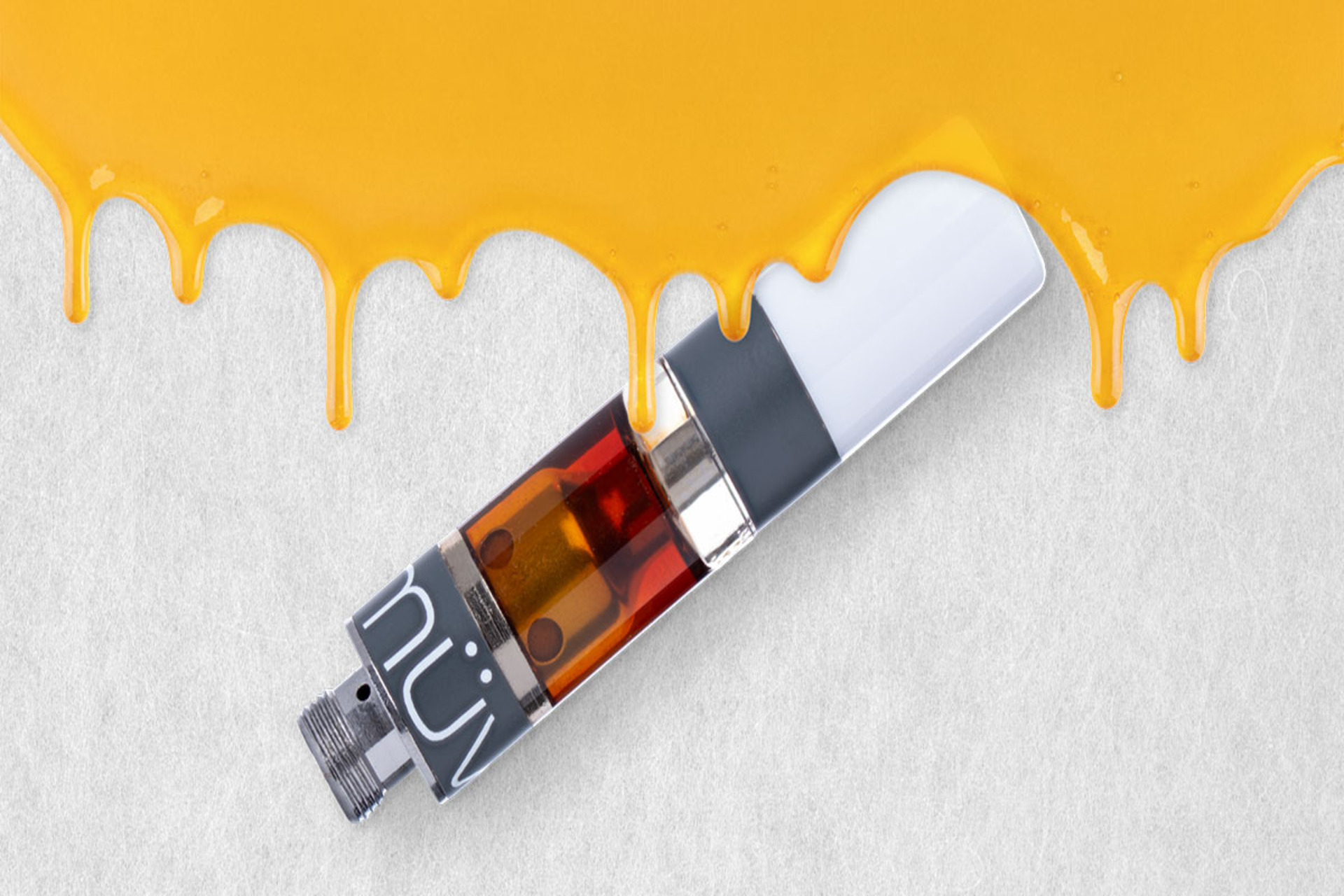Rosin has emerged as a highly sought-after cannabis concentrate renowned for its exceptional potency and exquisite flavor, all achieved without the use of harmful chemicals. This solventless extraction method preserves the aromatic and flavorful essence of the original cannabis plant, similar to the process of extracting essential oils. By utilizing the heat from two plates, the cannabis material undergoes gentle pressure, yielding a luscious, gooey oil or honey-like extract.
The careful application of low heat during the pressing process ensures that the terpenes, responsible for the distinctive aromas, are exquisitely retained, resulting in a more terpene-rich and flavorful rosin. One distinguishing feature of rosin is its artisanal production, which often makes it slightly pricier; however, this manual craftsmanship also ensures a cleaner product, free from the use of chemicals.
Typically available in globs, neatly packaged for convenient dabbing in a dab rig, rosin is now experiencing a growing trend of being presented in cartridges, offering an easy and discreet consumption method through vape pens or 510 thread rechargeable batteries.
Types Of Weed Used For Pressing Rosin
Rosin, the sought-after cannabis concentrate, can be produced using various weed types such as flower, kief, or hash. The quality of the starting material significantly impacts the final product, adhering to the “fire in, fire out” principle. High-quality flower, kief, or hash will yield superior rosin, while trim or shake may result in lower potency and flavor. These less desirable materials, lacking significant THC content, tend to be harsher when smoked compared to buds.
When utilizing flower for rosin pressing, two methods are commonly employed: dried flower or fresh frozen flower. The latter, showcased in a CAMP video, involves using ice water hash from frozen plants, producing a type of rosin called live rosin. This process preserves the terpenes before they degrade, resulting in an incredibly aromatic and flavorful end product.
For enthusiasts who wish to create rosin at home, numerous consumer rosin presses are available, allowing for fresh and on-demand production. However, when seeking rosin cartridges, it is advisable to purchase them from licensed dispensaries due to the complexities involved in adding rosin to a cartridge. While some opt for refillable vape carts, most users prefer the convenience and cleanliness of pre-filled cartridges.
How To Make Live Rosin Weed Carts
- Source Material Selection: Choose fresh frozen plants, dried cannabis, kief, or hash as the source material for making rosin. Each material may yield variations in texture and consistency in the final product.
- Cryogenic Freezing: If using fresh frozen plants, ensure they are cryogenically frozen below -42°F/°C to preserve the cannabinoids and terpenes.
- Ice Water Hash Extraction: Place the frozen buds into large buckets and add ice water. Stir the mixture to freeze the trichomes and break them off. Drain the water/trichome mixture and separate the ice water hash through a series of sieves with finer meshes. Dry the hash in an oven.
- Rosin Pressing: Once the hash is dry, proceed to press it into rosin using a rosin press.
- Filling Vape Carts: Pour the freshly pressed rosin into vape cartridges, ensuring there are no dilutions or additives introduced during the process.
- Dispensary Ready: The completed live rosin weed carts are now ready for dispensary sale. The fresh frozen, ice water hash method preserves a high level of terpenes and cannabinoids, providing consumers with a terpene-rich and flavorful experience.









0 Comments